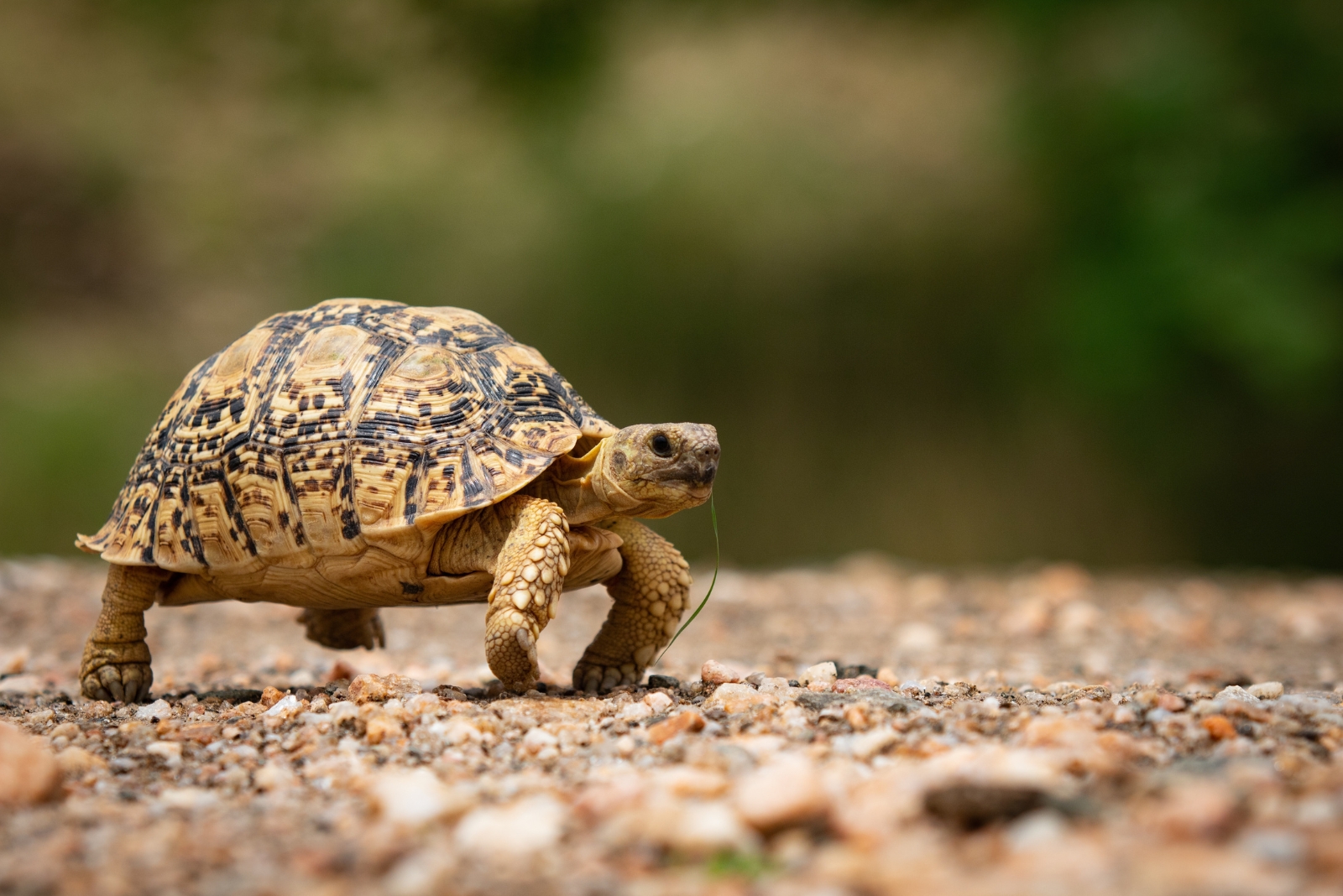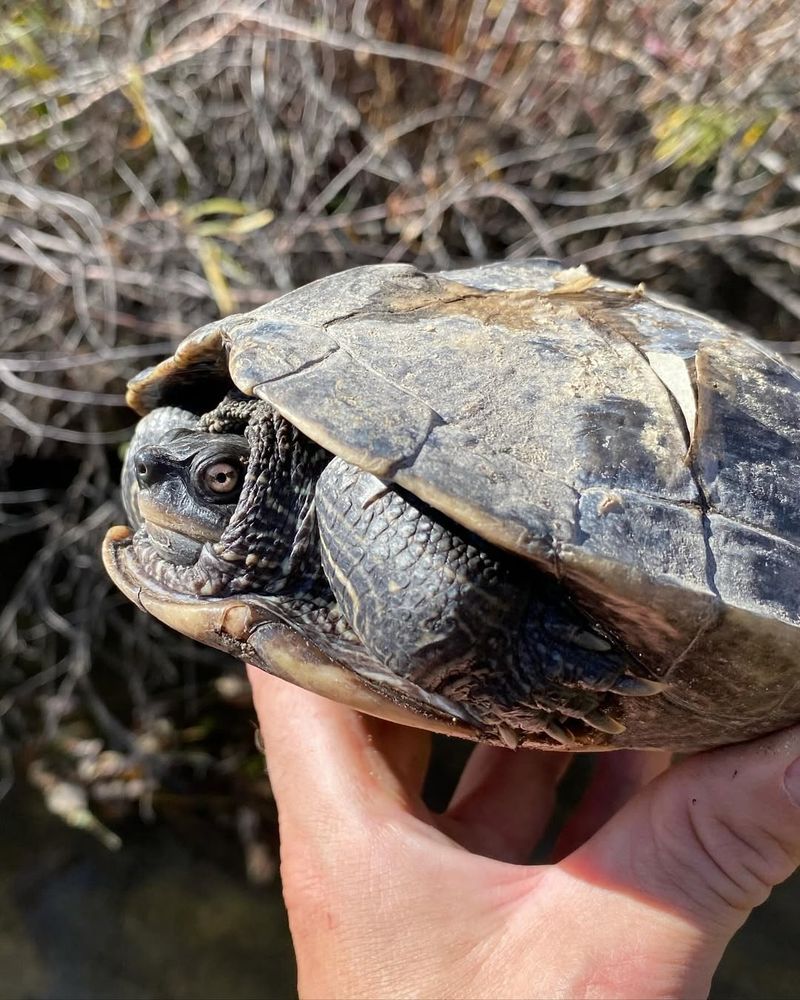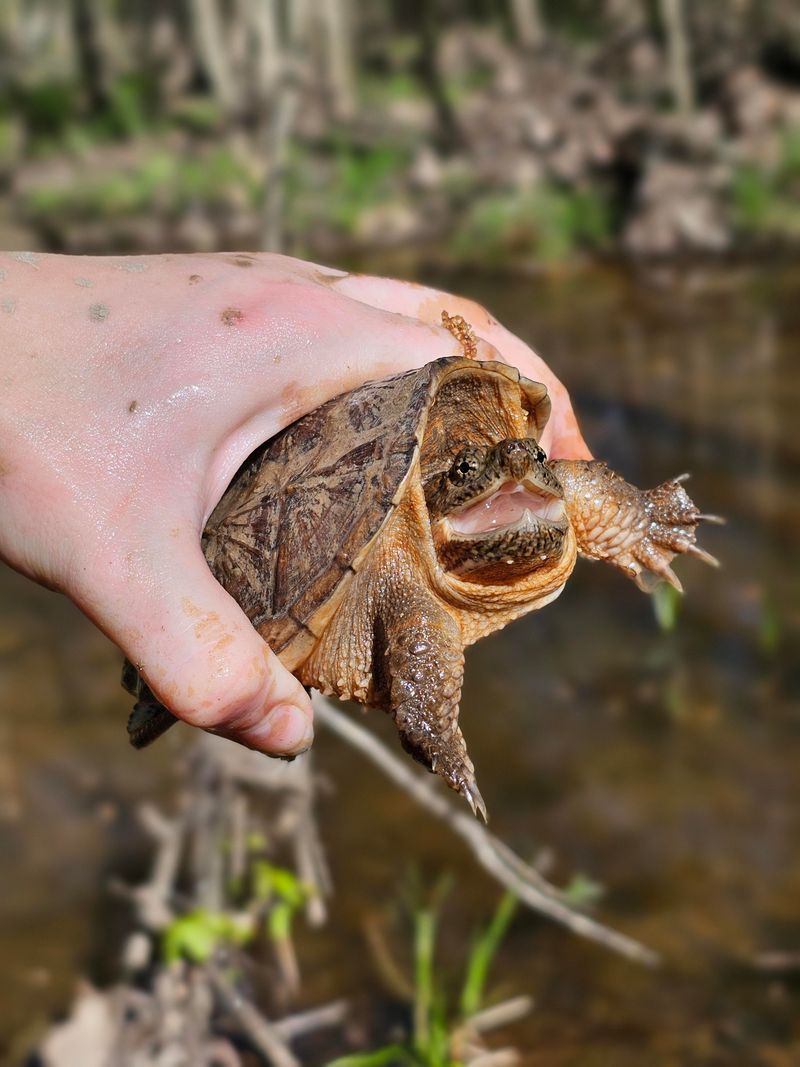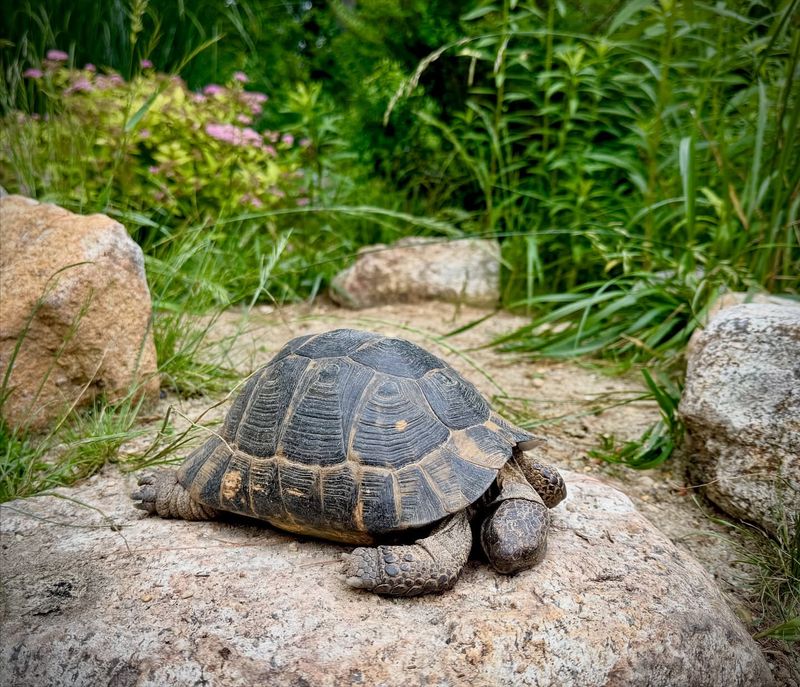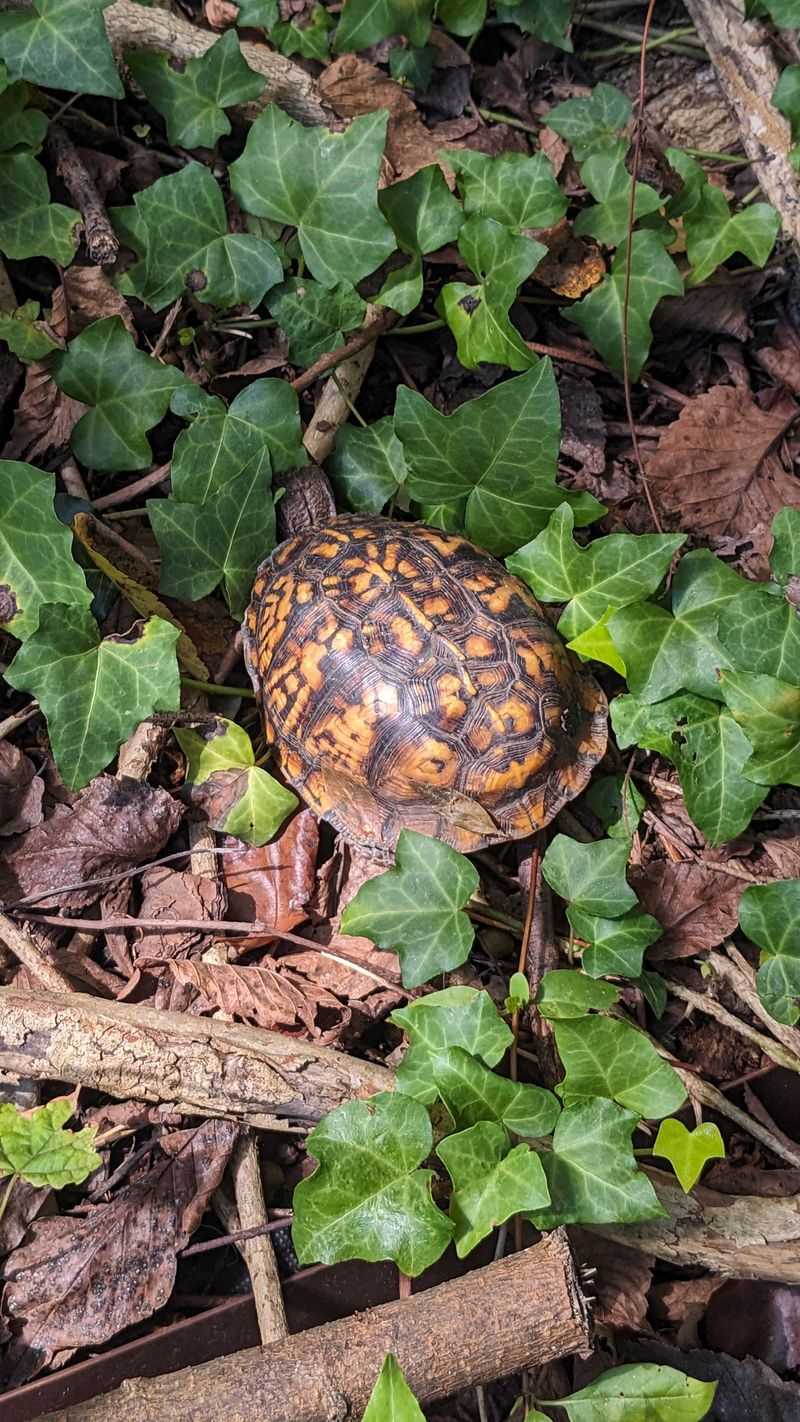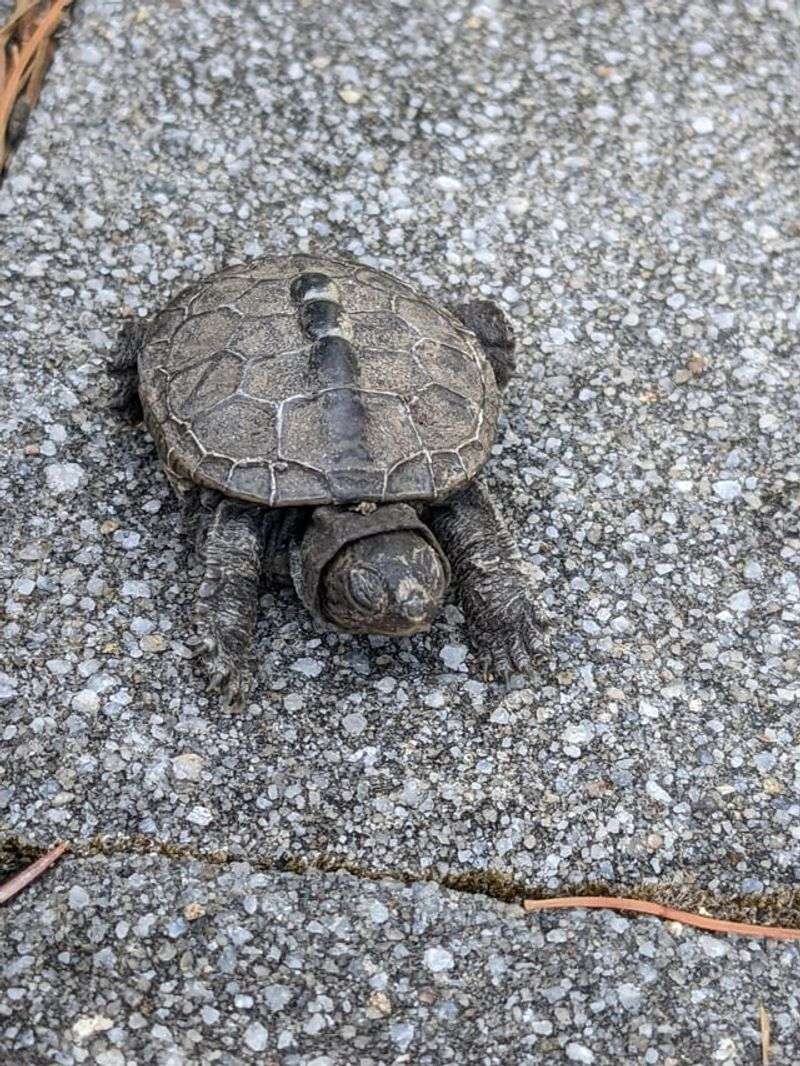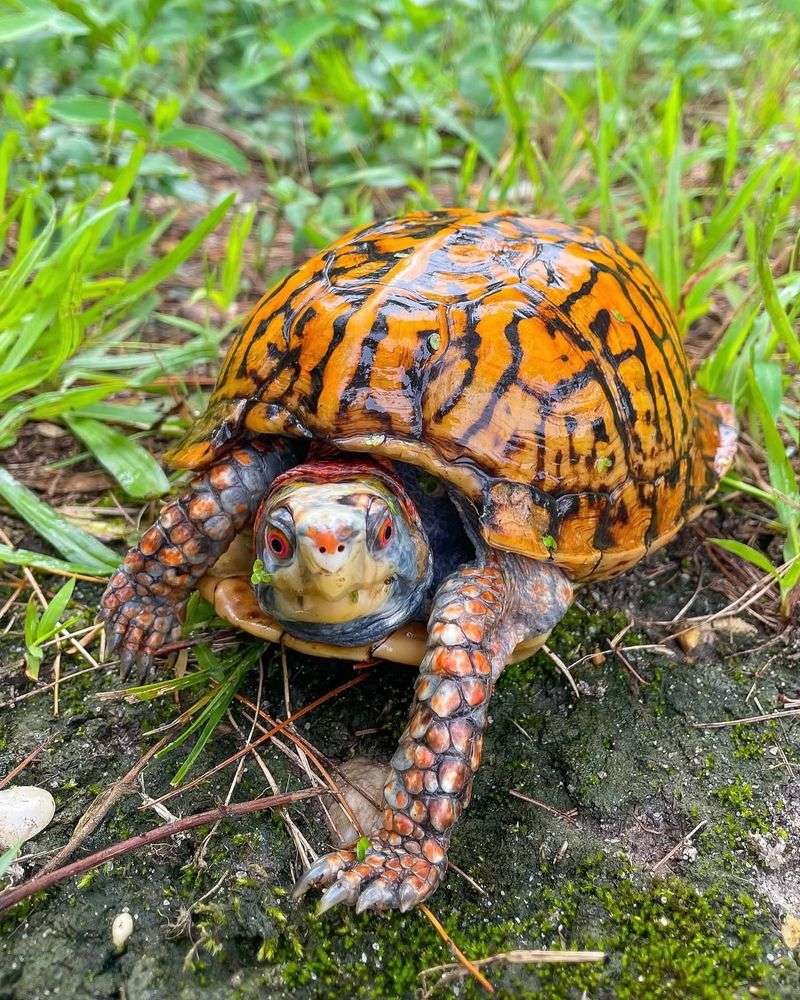Finding a turtle in an Idaho yard always feels like a tiny surprise you weren’t expecting. They move at their own pace, but what you do next makes a big difference for their safety.
A calm approach helps them get where they need to go without stress. Here’s what actually helps when one shows up.
1. Observe From A Safe Distance First
Before rushing over to pick up the turtle, take a moment to watch it carefully from where you stand. Look at its size, color, and shell pattern to get a sense of what kind it might be.
Many Idaho homeowners mistake harmless turtles for snapping turtles, which can bite if they feel threatened. Keeping your distance helps you stay safe while figuring out your next move.
Watching also tells you if the turtle is injured or just passing through your yard peacefully.
2. Identify Whether It’s A Native Species
Idaho is home to painted turtles and sometimes snapping turtles near waterways. Painted turtles have colorful red or yellow markings along their shells and skin, making them easy to spot.
If you see bright patterns, you’re likely looking at a painted turtle, which is common across the state. Snapping turtles have rougher, darker shells and powerful jaws.
Knowing which species you’ve found helps you decide whether to relocate it or call wildlife experts in Idaho for advice.
3. Avoid Picking It Up With Bare Hands
Turtles can carry bacteria like salmonella, which spreads easily through direct contact with their skin or shell. Wearing gloves protects you from germs and keeps the turtle calmer during handling.
If you don’t have gloves handy, use a towel or cardboard to gently scoop it up instead. Even in Idaho’s rural areas, it’s smart to avoid bare-handed contact with wild animals.
Washing your hands thoroughly afterward is essential, even if you wore protection during the encounter.
4. Move It To The Nearest Water Source
Turtles often wander into yards while searching for water, food, or nesting spots during warmer months. If there’s a creek, pond, or lake nearby, that’s probably where it came from originally.
Gently carry the turtle in the direction it was already heading, as it likely knows where it wants to go. Idaho has plenty of natural waterways, so finding a safe spot shouldn’t be too difficult for most homeowners.
Releasing it near water gives the turtle its best chance at survival.
5. Check For Visible Injuries Or Damage
Sometimes turtles get hurt by lawnmowers, cars, or curious pets before homeowners even notice them. Look closely at the shell for cracks, bleeding, or soft spots that seem unusual.
A healthy shell should be hard and smooth without any obvious wounds or missing pieces. If you spot damage, the turtle needs professional help from a wildlife rehabilitator in Idaho right away.
Even small injuries can become serious infections if left untreated in wild animals like turtles.
6. Contact Idaho Fish And Game If Needed
When you’re unsure what to do or the turtle seems hurt, reaching out to Idaho Fish and Game is your best option. Their staff can provide guidance on species identification, relocation, and proper care techniques.
They also know which wildlife rehabilitators operate in your area and can connect you quickly. Calling them ensures you’re following state laws about handling native wildlife.
Idaho takes wildlife protection seriously, so getting expert advice keeps you and the turtle safe from any legal issues.
7. Keep Pets And Children Away Temporarily
Curious dogs and excited kids can stress out turtles or accidentally hurt them during close encounters. Snapping turtles, in particular, can deliver painful bites if they feel cornered or scared.
Create a safe zone around the turtle by keeping everyone at least a few feet back until you’ve moved it. Even friendly pets might not understand how delicate these reptiles can be in Idaho’s dry climate.
Teaching children to respect wildlife from a distance is a valuable lesson for future encounters too.
8. Never Relocate It Far From Home
Turtles have strong homing instincts and know their territory well, so moving them miles away causes confusion and stress. They might spend weeks trying to return, crossing dangerous roads and unfamiliar areas along the way.
Instead, place the turtle just outside your yard in the direction it was traveling originally. Idaho homeowners should remember that turtles belong in their local ecosystems and removing them disrupts natural balance.
Keeping relocations short and simple gives the animal its best shot at thriving.

